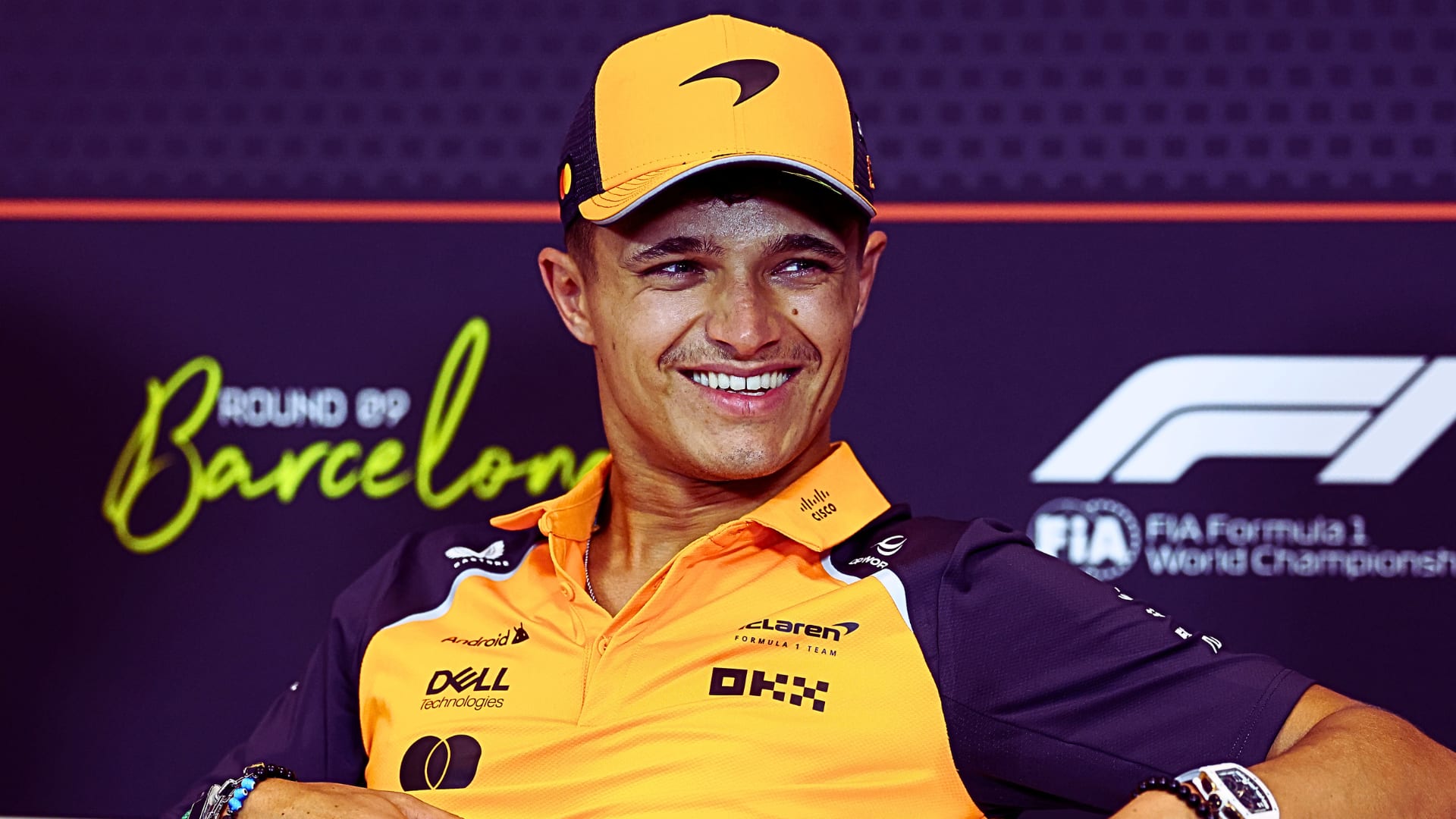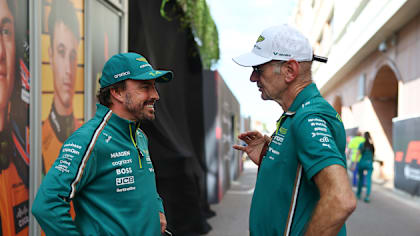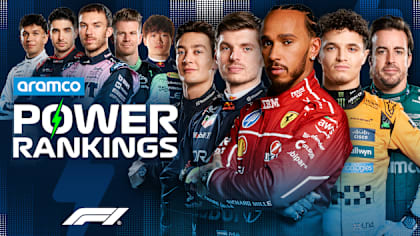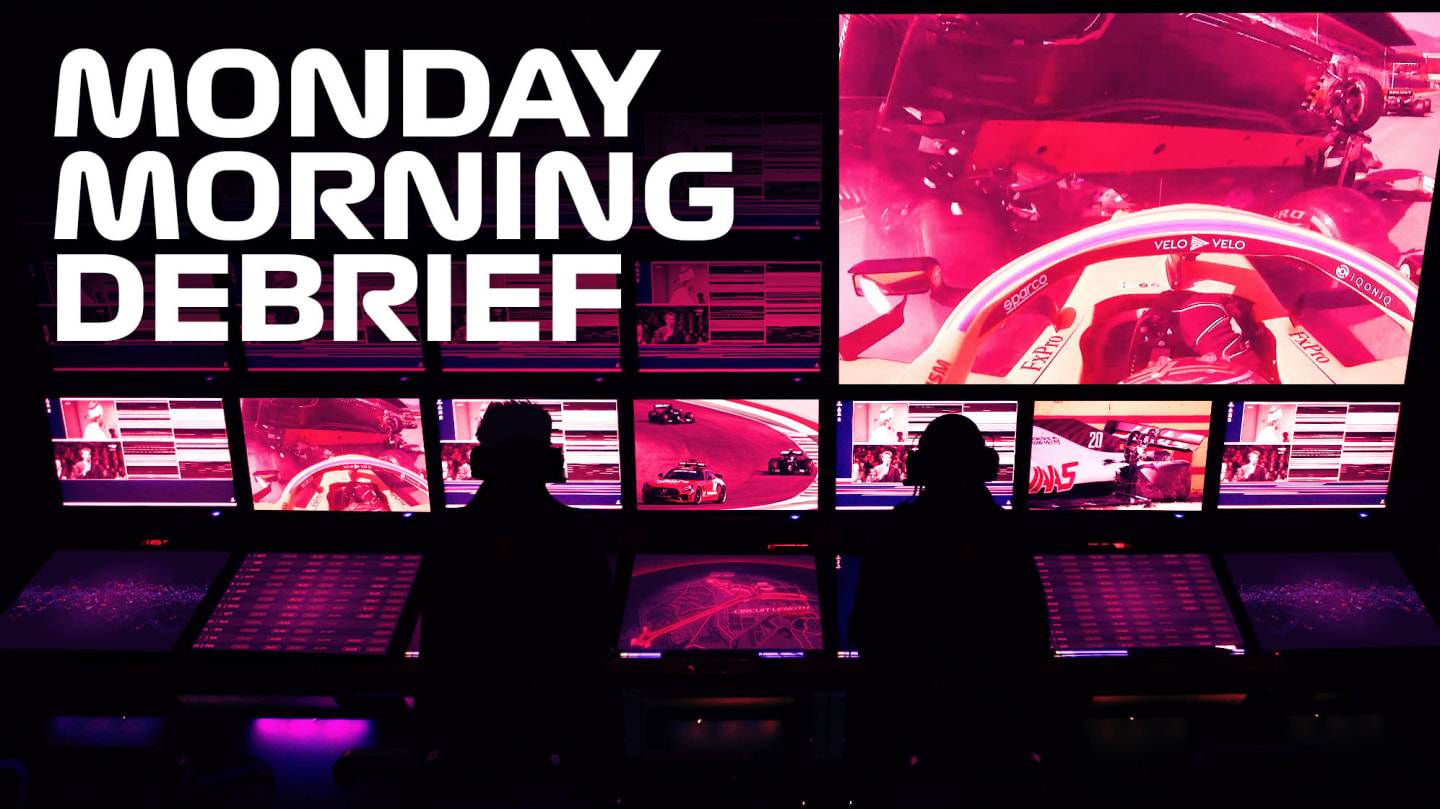
Feature
What really caused the Tuscan GP’s huge Safety Car restart crash?

Share

The first of two red flags at the Tuscan Grand Prix was caused by a massive crash on the start/finish straight that wiped out four cars on the spot – and forced a 25-minute race stoppage while the mess was cleared up. Mark Hughes dissects what really happened on Lap 7 at Mugello…
The multi-car accident that brought out the first of two red flags during the Tuscan Grand Prix largely determined the shape of the race. It neutralised the lead Valtteri Bottas had taken by out-accelerating his pole-sitting Mercedes team mate Lewis Hamilton. A standing start restart allowed Hamilton another bite at the cherry and he was able to pass Bottas around the outside of the restarted race. That proved to be the decisive move, with Bottas unable to turn the tables.
The accident came as the race got underway after seven laps behind a Safety Car triggered on the first lap by the incident that took out Max Verstappen and Pierre Gasly. The latter had tried to squeeze his AlphaTauri through a gap that was no longer there as he arrived between Kimi Raikkonen and Romain Grosjean, the resulting collision taking out the innocent Verstappen ahead.
ANALYSIS: What caused the massive Tuscan Grand Prix crash?
The crucial thing about the Safety Car was the restart – for the track layout meant it was a little bit unusual. The significant point here was that the Safety Car line just after the pit entry road was so far away from the start/finish line another 800 metres up the very long pit straight.
When the Safety Car lights go out on its in-lap, the lead driver – in this case Bottas – dictates the pace of the pack and can allow the Safety Car to escape more than the 10-car length distance he is obliged to stay within when the Safety Car lights are on.
WATCH: Carlos Sainz happy that drivers are safe after 'big crash' at Mugello
Normally the driver will do it like that: allow the Safety Car to escape and then pick his moment when to accelerate. But that wasn’t possible for Bottas. He couldn’t create the gap in front of him to the Safety Car line because the Safety Car lights went out so late. The only way then to defend his place, to prevent him being slipstreamed down the long straight, was to crawl between the Safety Car line and start/finish line to prevent Hamilton from getting a tow – and only then accelerating.
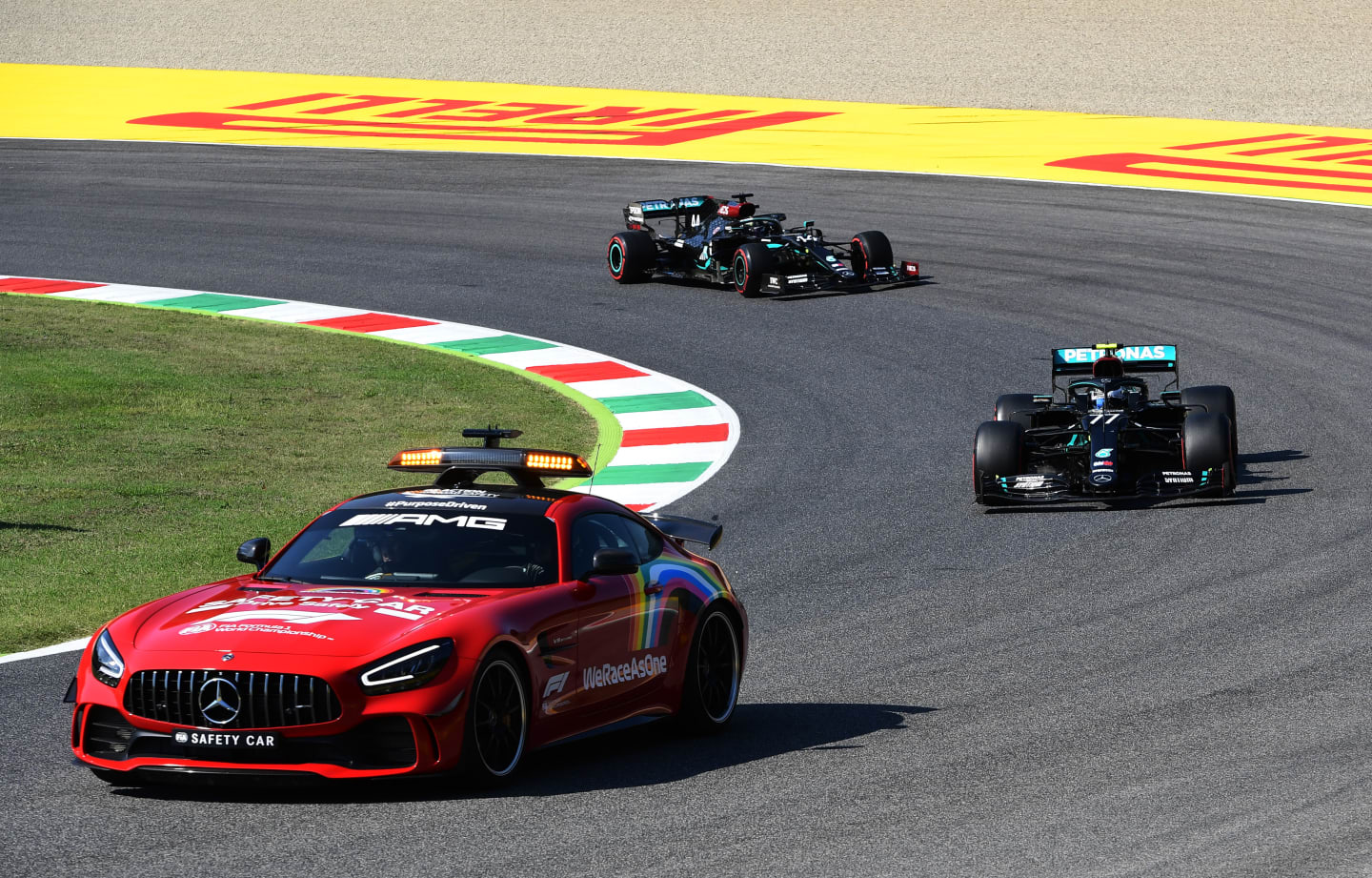
Bottas knew that accelerating too early would allow Hamilton an easy slipstream
With no overtaking allowed until after the start/finish line, Bottas took the crawling pack up that pit straight with everyone trying to anticipate when he was going to go and trying to position themselves to out-accelerate the cars around them.
The effect of the accelerations and decelerations magnify down the pack, like the energy moving through a soft spring. That effect began to resonate in the traffic jam until inevitably someone towards the back rear-ended another, triggering a multiple accident that wrecked the cars of Antonio Giovinazzi, Nicholas Latifi, Kevin Magnussen and Carlos Sainz. With the broken cars scattered around the pit straight, the red flag was shown.
WATCH: Antonio Giovinazzi reflects on 'really dangerous' restart after huge crash at Mugello
The unusually big gap between Safety Car line and start/finish line played its part in the accident. As did the proximity of the Safety Car line to the pit entry, for it meant there was not much space for Bottas to create ahead of him into which he ordinarily might accelerate and pull out the gap on his pursuers, using the advantage of them having to react to whatever he does. But none of that would have mattered if the Safety Car had put out its lights earlier in the lap, for then Bottas – released from the obligation of having to remain within 10 car lengths of the Safety Car – could have backed up the pack much earlier, through Turn 12 perhaps.

Sapin and Magnussen in the aftermath of the crash
Race director Michael Masi said: “All the drivers were reminded very clearly at the drivers’ meeting on Friday night of two key parts [to any Safety Car restart procedure]. One was to ensure that they don’t overtake the Safety Car before the Safety Car line at pit entry. The second part – which is unusual at this circuit – is that the control line, where they can overtake, is located close to the pit lane exit. So, it’s not a surprise [what happened] and we’ve seen similar matters in Baku with such a long run to the control line. So the leader, who has every right to dictate the pace, has kept it quite slow to avoid a slipstream from the cars behind.”
READ MORE: ‘I’m not at all to blame’ – Bottas takes no responsibility for dramatic restart crash
Mercedes had carefully watched the Safety Car restarts in the supporting F2 and F3 races and had noted that the only time the leader was able to prevent himself from being slipstreamed and overtaken from the car behind was when he had crawled up to the start/finish line. Hamilton and Bottas were advised accordingly.
It was in following this procedure that Bottas created the circumstances which led to the standing restart which in turn led him to be passed by Hamilton. It seems no matter what Bottas does, Hamilton finds a way around it.
“It’s disappointing as obviously it was like a dream start for me,” said Bottas. “The start was really good and I also managed to hold pole position for the Safety Car restart. There were no opportunities once I lost position at the second start.”
YOU MIGHT ALSO LIKE
News ‘We’ve got to lift up to that level’ – Aston Martin boss Cowell addresses Newey’s 'weak tools' comments
News ‘It was great to witness’ – Alonso reflects on how Newey’s presence in Monaco impacted ‘level’ of Aston Martin team
FeatureF1 Unlocked POWER RANKINGS: Who put on a perfect display in Monaco?
News How to stream the Formula 1 2025 Spanish Grand Prix on F1 TV Premium
